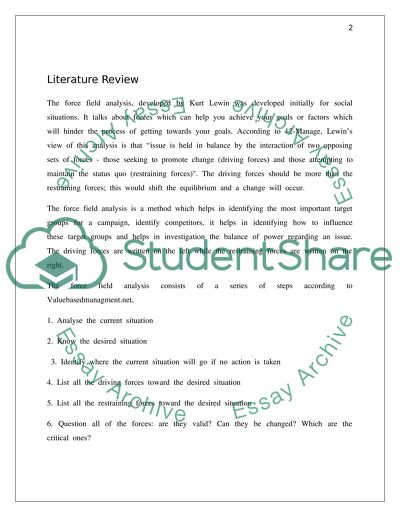Cite this document
(“Merrill Lynch Change Management Case Study Example | Topics and Well Written Essays - 2250 words”, n.d.)
Retrieved de https://studentshare.org/miscellaneous/1503661-merrill-lynch-change-management
Retrieved de https://studentshare.org/miscellaneous/1503661-merrill-lynch-change-management
(Merrill Lynch Change Management Case Study Example | Topics and Well Written Essays - 2250 Words)
https://studentshare.org/miscellaneous/1503661-merrill-lynch-change-management.
https://studentshare.org/miscellaneous/1503661-merrill-lynch-change-management.
“Merrill Lynch Change Management Case Study Example | Topics and Well Written Essays - 2250 Words”, n.d. https://studentshare.org/miscellaneous/1503661-merrill-lynch-change-management.


